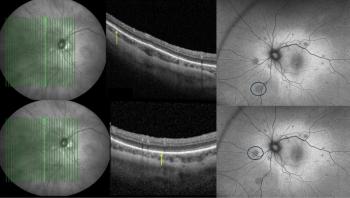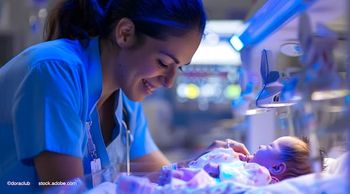
Tear testing platform to drastically change osmolarity testing
A proprietary tear-testing platform capable of measuring highly sensitive and specific biomarkers related to ocular physiology, is being developed by an in-vitro diagnostics company (TearLab, OcuSense).
A proprietary tear-testing platform capable of measuring highly sensitive and specific biomarkers related to ocular physiology, is being developed by an in-vitro diagnostics company (TearLab, OcuSense). Dr. David Sullivan and his son Dr. Benjamin Sullivan, Schepens Eye Research Institute, an affiliate of Harvard Medical School, Boston, MA, thought that a point-of-care test for tear film osmolarity would revolutionize dry eye management.
The new "lab-on-a-chip" technology offers quick and accurate point-of-care osmolarity testing; measuring biomarkers in tears without the need for a large sample of tear film. The technology will take an approach that will require no less than 100 nanoliters of tear fluid. The small amount of tears solves issues that have hindered practical, objective, point-of-care osmolarity testing.
"TearLab will be a breakthrough in accurate osmolarity testing, offering simple safe and quick on-site testing," said Eric Donsky, president and chief executive officer, OcuSense. "With the development of new biomarkers, we hope to establish TearLab as the standard of care in ocular physiology."
The technology will allow physicians to perform biomarker testing in their office. According to OcuSense, technicians will be able to seamlessly integrate the test into existing clinical workflow. The hand-held device is being designed for use with inexpensive hardware and instruments to perform tear biomarker analyses, avoiding the complexities associated with reflex tearing, evaporation, or volume-dependent testing.
Newsletter
Get the essential updates shaping the future of pharma manufacturing and compliance—subscribe today to Pharmaceutical Technology and never miss a breakthrough.













































